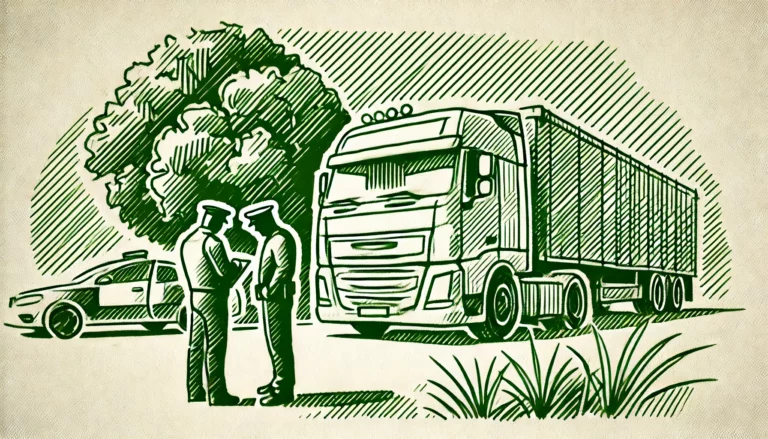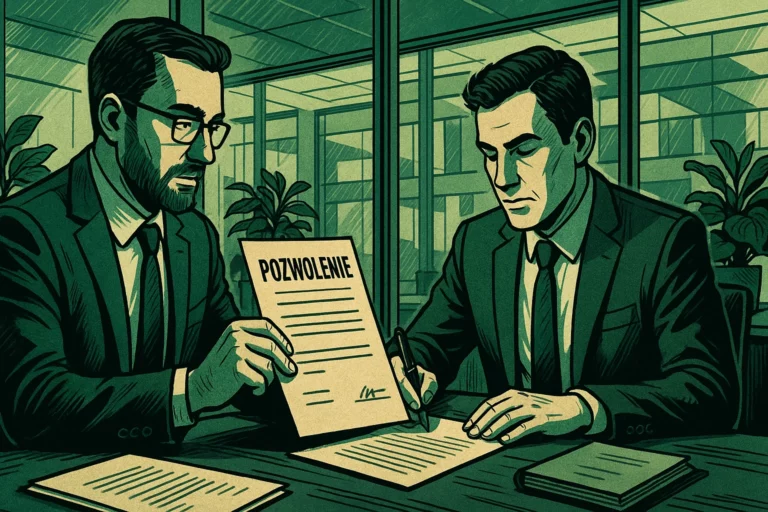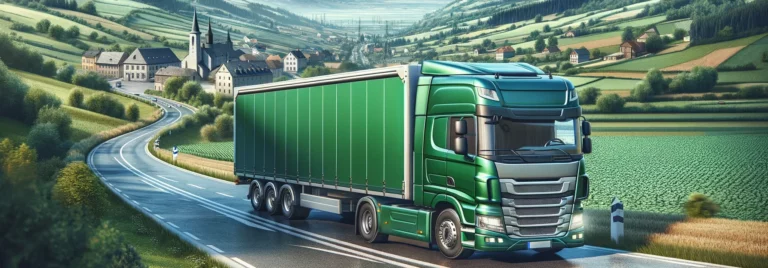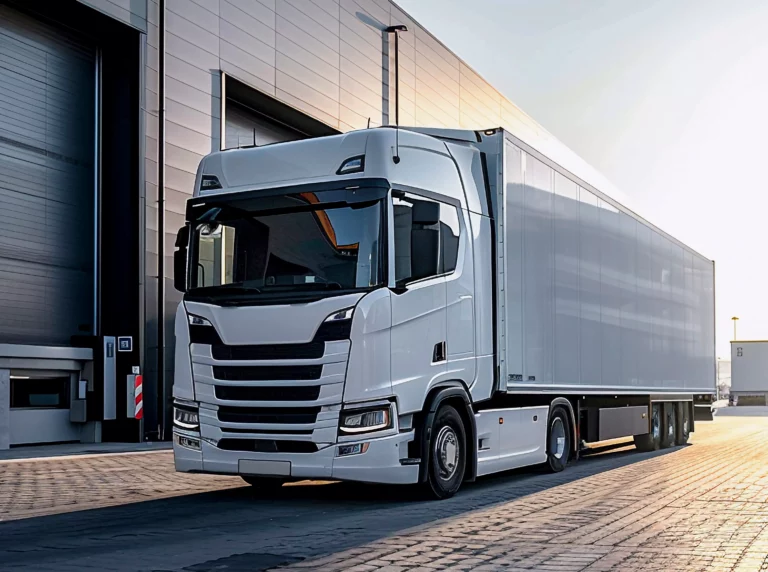XXL transport: How oversize loads are shaping the future of logistics
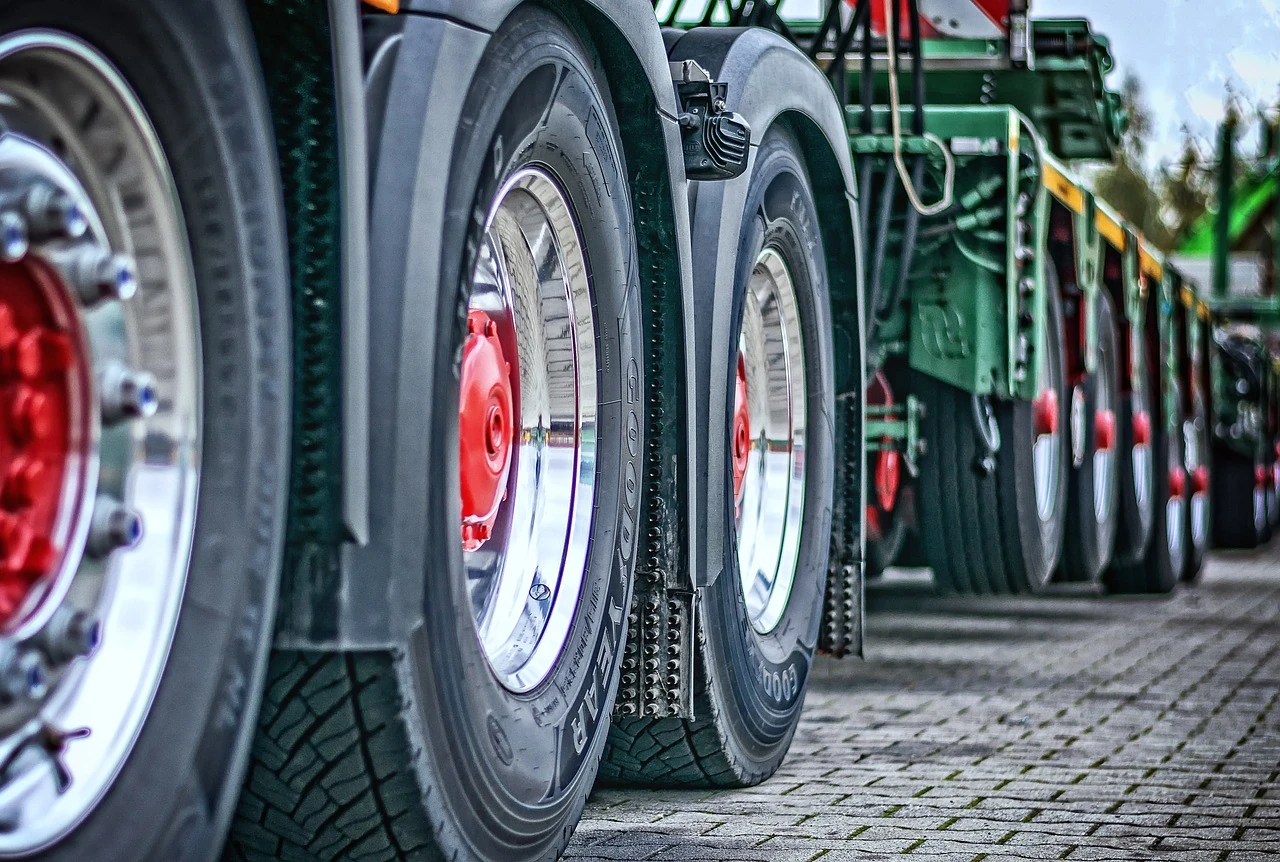
Oversize transport, or the transportation of cargo that exceeds standard dimensions or weight, has become a key component of today's infrastructure, industrial and energy projects. In this article, we will discuss how this specialised transport segment has evolved and influenced the entire logistics market.
Oversize transport has undergone a significant evolution in the 20th century, especially after the Second World War. Modern technologies such as hydraulic cranes, multi-axle trailers and advanced logistics management systems have made it possible to transport ever larger and heavier loads efficiently. Today's projects, such as the construction of power plants, bridge construction or the transport of wind turbines, would not be possible without advanced oversize transport solutions.
Oversize transport - legal regulations
Oversize transport has its own specific requirements. It is strictly regulated by legislation at both national and EU level. The purpose of these regulations is to ensure road safety and to protect infrastructure from damage that may be caused by the transport of bulky and heavy loads.
From an EU point of view
A key piece of legislation at European Union level is Directive 96/53/EC. It concerns the maximum permissible dimensions and weights of vehicles in international traffic in the European Union. The second key document is Regulation (EU) No 165/2014, which establishes requirements for tachographs used in road transport.
Directive 96/53/EC sets the maximum authorised dimensions and weights of vehicles that can be used in international road transport within the EU. In the case of oversize transport, if the load exceeds these limitsspecial permits are required. This directive has been implemented by all EU Member States. This means that the basic rules on vehicle dimensions and weights are unified at EU level. Although the specific rules on permits may vary from country to country.
Regulation (EU) No 165/2014 Instead, it makes the use of digital tachographs mandatory. These record data on drivers' working time, vehicle speed and route taken. This is particularly important in the context of oversize transport. Here, safety is key and breaches of working time regulations can lead to serious accidents.
How the regulations have affected national legislation
EU legislation, such as Directive 96/53/EC and Regulation (EU) No 165/2014, has a direct impact on national legislation in EU Member States. This is because they have to adapt their legislation to these requirements. In practice, this means that all oversize transports carried out within the European Union are subject to similar rules. Regardless of which country the transport takes place in.
Alignment with EU regulations makes the process of obtaining a oversize transport permits in EU countries is unified. This facilitates international logistics projects. However, individual countries may introduce their own additional rules. They can then regulate in detail issues such as requirements for police escorts, transport routes or additional cargo security.

Practical application
In Poland, for example, oversize transport is regulated by the Act of 16 December 2010. on public roads and the Regulation of the Minister of Infrastructure of 31 December 2002 on the technical conditions of vehicles and the scope of their necessary equipment (as amended).
Any transport that exceeds the permitted dimensions and weight must obtain a special permit. This process also involves detailed route planning, taking into account road infrastructure, bridges, tunnels, as well as vehicle marking requirements.
Safety standards are closely linked to legislation. They require, for example, that the load is properly secured. This often means the use of specialised equipment such as lashing straps, supports or stabilisation platforms. Drivers and operators must also have relevant certificates and licences, attesting to their qualification to carry out this type of transport.
Impact of oversize transport on the logistics market
As a key segment of the logistics market, oversize transport plays an important role in handling major industrial, construction and energy projects in Europe. Its impact on the logistics market is significant, as evidenced by statistics for recent years.
Statistics don't lie
In 2022 approximately 1.3 million transports were carried out in Europe oversized cargo. These included the carriage of cargo totalling more than 150 million tonnes. By 2023, the number of these transports has increased to 1.4 million, with the Cargo weight transported was approximately 160 million tonnes. These figures show the continued growth of oversize transport in Europe. It is mainly driven by the growth of the energy sector, especially in renewable energy, and large infrastructure projects.
What drives oversize transport
The energy sector, especially renewables, was one of the main drivers of oversize transport growth in 2022-2023. Wind turbines, which often exceed standard transport dimensions, were one of the most commonly transported loads. The construction sector, especially large infrastructure projects such as bridge and tunnel construction, also contributed significantly to the increase in oversize transports.
Impact on the logistics market
The growing demand for oversize transport has forced logistics companies to invest in specialised equipment and technology to enable this type of transport to be carried out safely and efficiently. This impact also manifests itself in increased international cooperation and harmonisation of regulations within the European Union. This facilitates the organisation of cross-border transports.
These figures confirm that oversize transport is becoming an increasingly important part of the logistics market in Europe, with a key share in the industrial and energy sectors. With further developments in technology and increased investment in infrastructure, the importance of this segment can be expected to grow further.
Oversize transport - risks
There is no need to be convinced of the high risk involved in transporting heavy goods. The regulations we mentioned earlier exist to limit the dangerous situations that occur. The more significant these transports become, the more emphasis should be placed on adequate logistical preparation. Ignoring the risks, insufficient knowledge and simple carelessness can cost a company a lot.
This was seen by a company that in December 2022 carried out such transport in the Netherlands. Due to inadequate securing of the load (a wind turbine), it slid off the semi-trailer onto the roadway, damaging the barriers at the side of the road. Fortunately, no one was injured in the incident. A more serious accident occurred occurred in 2018 in Spain. When negotiating a hill, due to the driver's inattention, the car carrying the wind turbine partially slid to the side of the road. The weight of the turbine caused the whole vehicle combination to tilt, with the result that the car and its load overturned on its side. The carrier was charged more than €500,000 for the damage to the load.
These examples emphatically demonstrate that caution in transporting abnormal loads is crucial. They also demonstrate how important it is to have the right knowledge and skills to ensure that the situations described do not occur. Of course, some situations are beyond our control, but it is important to know how to prepare for other eventualities.
Conclusions
As a specialised branch of logistics, oversize transport is playing an increasingly important role in the implementation of major industrial, construction and energy projects. Its development is closely linked to technological advances and increasing market demands. Despite its many challenges and risks, this transport remains a key element of modern logistics, enabling the most demanding projects to be realised.
Modern technologies, such as GPS systems, telematics and process automation, significantly increase the efficiency and safety of oversize transport. Legal regulations and safety standards, meanwhile, ensure the protection of all participants in the process.
Forecasts show that oversized transport will play an even greater role in the future. Especially in the context of global infrastructure and energy projects. Companies operating in this industry must be prepared for further innovation and dynamic market changes in order to meet increasing customer demands and provide the highest level of service.

